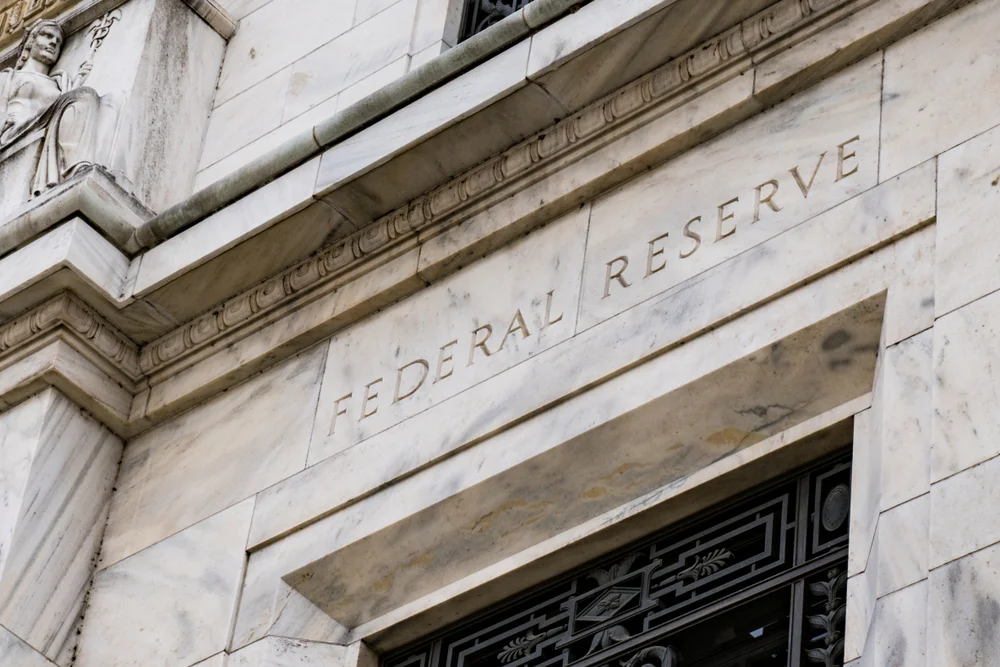
The influence of Jerome Powell over the stock market may be fading fast as investors begin to pay closer attention to the voices likely to shape the Federal Reserve’s next era—especially those on President Donald Trump’s shortlist of potential replacements.
That’s the take from David Zervos, chief market strategist at Jefferies and one of 11 candidates being considered by Trump to replace Powell when his term expires in May 2026.
Zervos Slams Fed Policy As Too Restrictive
Speaking on CNBC, Zervos dismissed Powell’s recent remarks, calling stocks “fairly highly valued,” indicating that broader earnings strength and pro-investment policy shifts are far more relevant.
“We have an incredible earnings outlook ahead of us,” Zervos said.
According to Zervos, tariffs, tax policies and investment incentives are reshaping the playing field in ways the Fed’s models don’t fully capture.
Zervos reiterated his long-standing criticism of current monetary policy, saying the Federal Reserve’s stance remains excessively tight even as the economy shows signs of resilience.
“I’ve been saying it since before the election: monetary policy is just way too restrictive,” he said. “They’ve turned a little bit, but we’ve got a lot more to go.”
Zervos Says Powell’s Warnings Don’t Matter Anymore
With Powell presiding over just five meetings before his term ends, Zervos emphasized that forward guidance is already shifting toward new leadership.
Zervos pointed to the growing influence of a more dovish bloc at the Fed, led by Trump’s pick Stephen Miran, who broke ranks in September by calling for a larger 50-basis-point rate cut.
Together with Governors Michelle Bowman, Christopher Waller and the incoming Fed Chair, this group could form a new majority poised to shift the central bank’s policy in a significantly different direction.
Zervos said this shift could usher in a radical supply-side policy approach.
“You’re going to have four folks on the committee—and possibly five—who are going to come at this very differently,” he said. “They’re not going to follow the groupthink that has engulfed the Fed for a very long time.”
Could a New Fed Regime Boost Stocks?
Zervos isn’t alone in his optimism.
In an emailed note, LPL Financial’s Chief Technical Strategist Adam Turnquist said that history supports a bullish case for stocks when the Fed cuts rates at or near market highs.
Since 1984, the Federal Reserve has lowered interest rates 28 times while the S&P 500 Index – as tracked by the Vanguard S&P 500 ETF (NYSE: VOO) – was trading within 3% of all-time highs.
One year after those cuts, the index returned an average of 13%, with gains in 93% of instances.
The track record improves when rate cuts happen outside of recessions.
In 21 such instances, the S&P 500 rose by an average of 18% over the following year, with every period producing positive returns. In contrast, when a recession was present or imminent, stocks lost an average of 2.7% in the 12 months after the rate cut.
“Absent a recession, the history lesson from comparable rate cuts to the current market environment leans bullish,” Turnquist said.
Read now:



